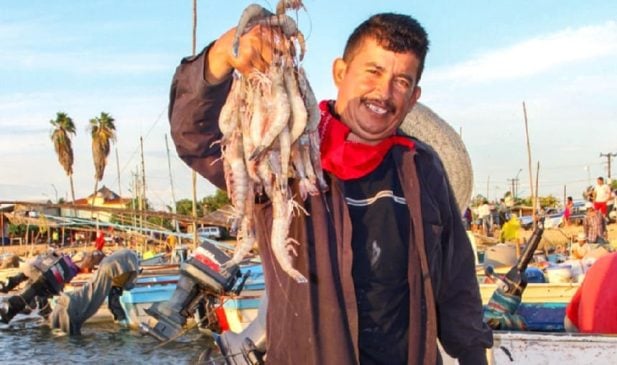Mexico City, Mexico — The Mexica Atlante exhibition has returned to the National Museum of Anthropology after almost two years of display. The exhibit was on display at the North Carolina Museum of Art for nearly two years before returning to Mexico.
Between October 1, 2022 to July 28, 2024, 477,215 people arrived in Raleigh to view it.
Mexico exhibited Mexica art in Raleigh with the presentation of the sculpture Atlante Mexica in the Art Museum. The piece was part of the exhibition Cultures of Peru and Mexico before the Spanish Conquest.
The Atlas is a sculpture made of andesite stone, 120 centimeters high by 42 centimeters wide and 50 centimeters thick, corresponding to the Late Postclassic period (1200-1521 AD) and is part of the collections of the National Museum of Anthropology (MNA).
It was loaned by the National Institute of Anthropology and History (INAH), an organ of the federal Ministry of Culture, to celebrate the reinstallation of the American collections of Ancient America in the Museum of Art of North Carolina, a city where almost half a million Latinos live.
With this loan, made possible through the National Coordination of Museums and Exhibitions of the INAH, the curatorial script of the permanent galleries of a museum from another latitude was enriched, which is in the process of opening to the Mexican public settled far from Mexico.
“Since the opening of the North Carolina Museum of Art, for the first time, the Ancient America collection has occupied a privileged place and the same amount of space as the African and European antiquities,” said Ángel González López, curator of the Ancient America collections at the North American museum.
“Before this reinstallation, the room occupied a small space, 10 by 10 meters, to exhibit 8,000 years of history which made it difficult to explore the complexities of Latin American cultures. Now, there are three galleries, a growth of 400 percent,” noted the Mexican archaeologist.
The curator was in charge of opening boxes, looking at objects, exploring, identifying and creating a narrative for this collection that comes from the north of Mexico to Peru, to address the future of the North American museum, whose collection comes from a significant donation from the second half of the 20th century, with which the art collections of the United States, Africa and Europe were formed; also, works from Mexico, Central and South America began to be collected.
Ancient Mesoamerican cultures were not publicly displayed at that time, but rather as a result of a change in attitude, derived from the exhibition 20 Centuries of Mexican Art , mounted at the Metropolitan Museum of New York, conceived, among others, by Alfonso Caso and Miguel Covarrubias.
“Museums are mirrors of societies, we must be attentive so that people see themselves reflected in their content. In the 21st century, the effervescence to value marginalized groups begins: people of color, women, the LGBT+ community.
“Within this context, in 2020 we began the reinstallation work in recognition of the Latin presence. What do I mean by this? Closing the museum to start again, with renewed scripts and a new museographic proposas, brochures and tours in Spanish.”
González López said that he did not find a single Mexica object in American collections, and Mesoamerica cannot be understood without this civilization. Then he remembered the MNA piece, which he saw while doing a research project on its collections, a few years ago: “Carved in the imperial style, which is the finest in Tenochtitlan. It was important to bring it to Raleigh, because a work from this culture had never been exhibited.”
The Atlas was displayed in the center of one of the three galleries to link it with the permanent collection that covers seven Latin American countries, Mexico, Guatemala, Belize, Honduras, Costa Rica, Ecuador and Peru.
The sculpture represents a standing warrior with his eyes closed and his mouth open, indicating that he is dead, perhaps after a battle. He carries a spear thrower on his left side, a shield on his back and the butterfly emblem on his forehead and chest.
In ancient Tenochtitlan, it was believed that warriors and people killed in sacrifice were transformed into butterflies or birds with bright feathers. It preserves traces of blue and red pigments, and vertical red lines, so it must have been richly polychromed.
It possibly decorated the temple of Mixcóatl, god of hunting. It was discovered on República de Argentina Street, in the Historic Center of Mexico City.
“The public’s response was positive, because they immediately identified with the sculpture of a Mesoamerican warrior,” the curator concluded.
After almost two years of being exhibited outside the country, the piece returned to the National Museum of Anthropology in Mexico City.


